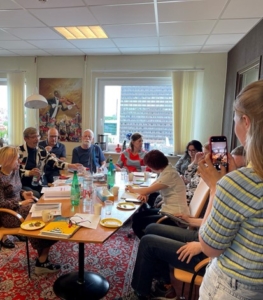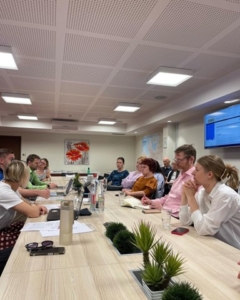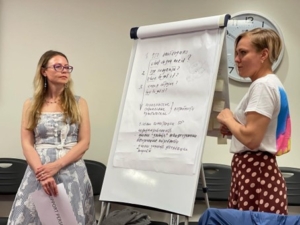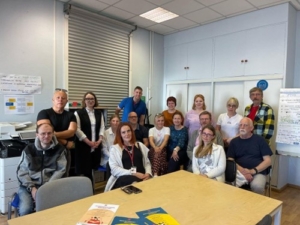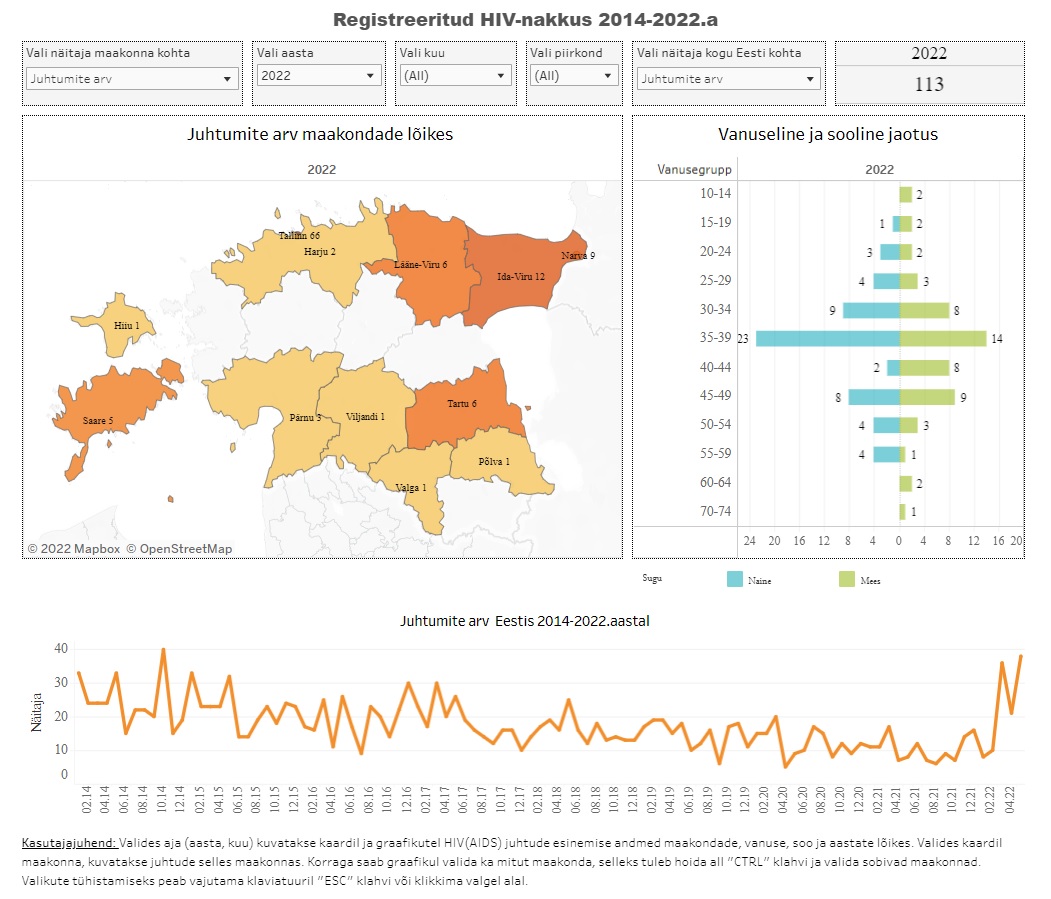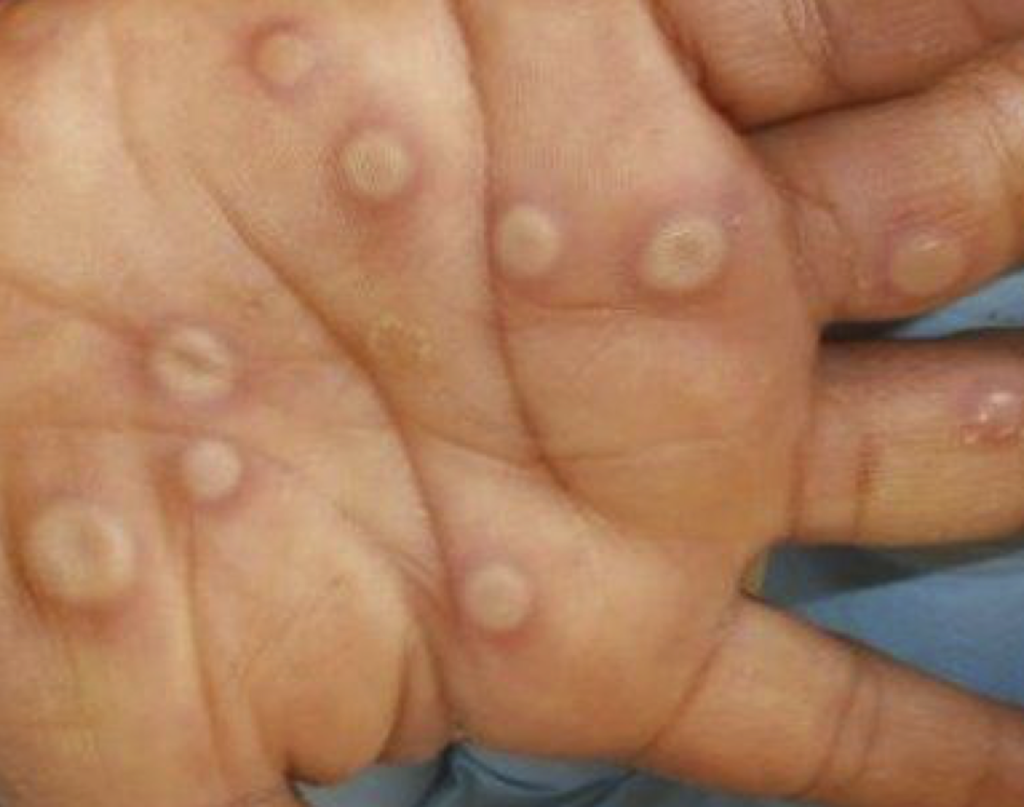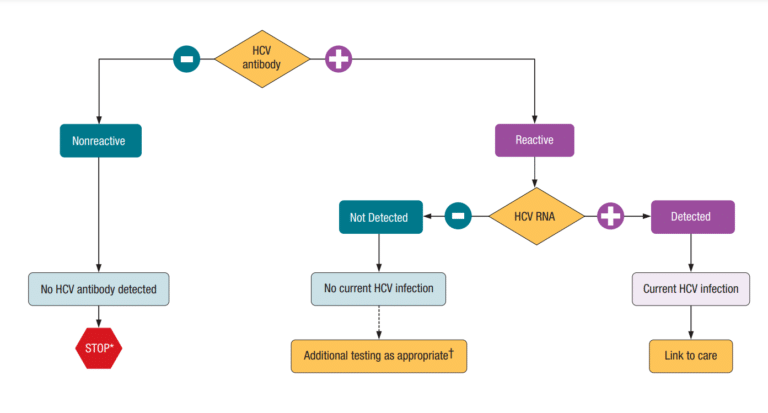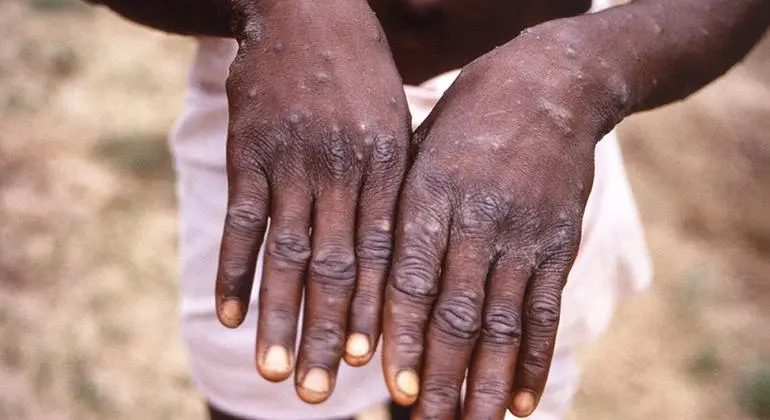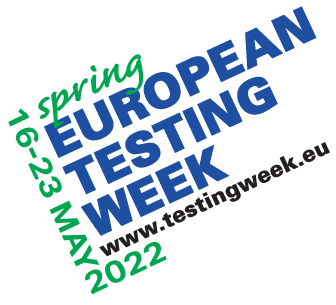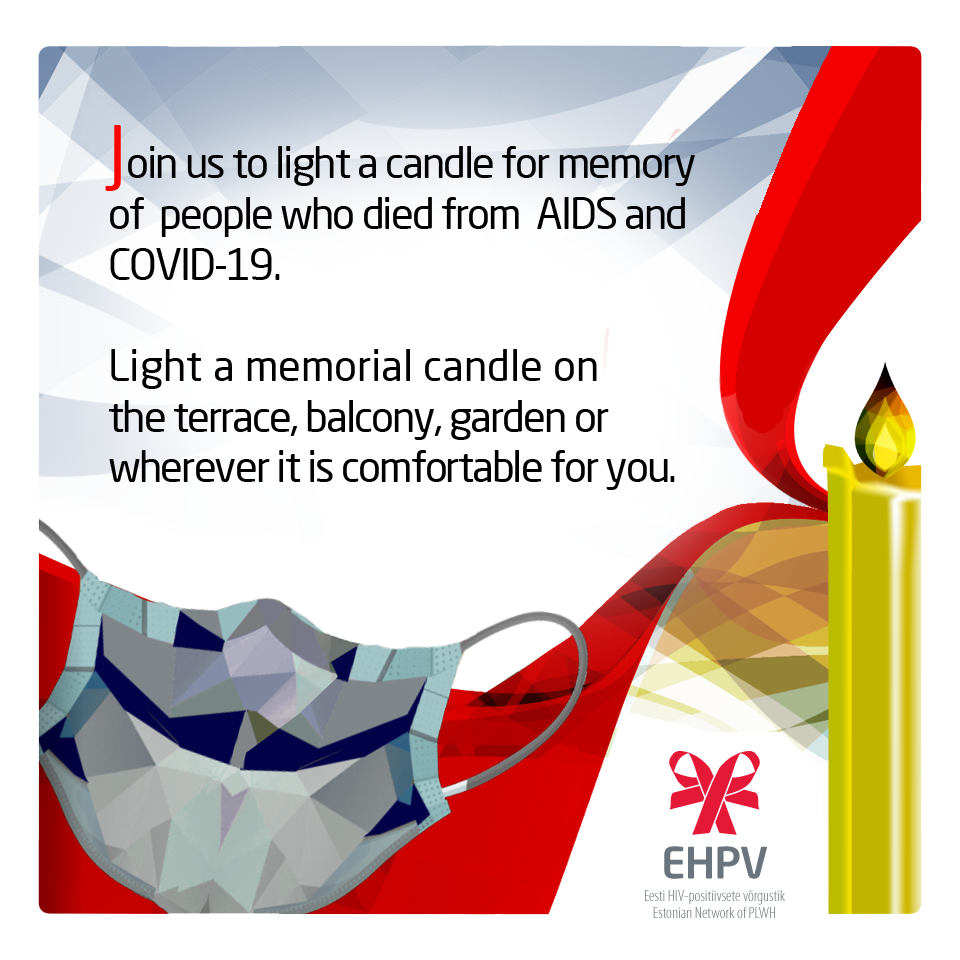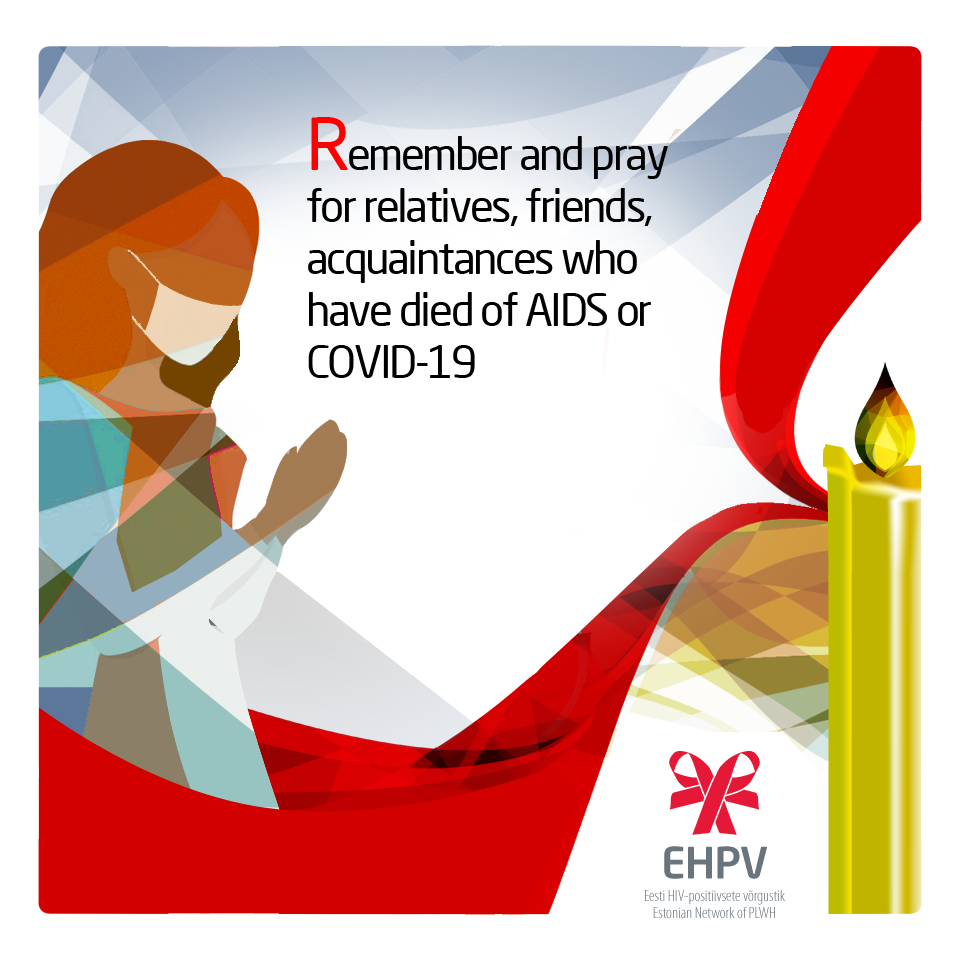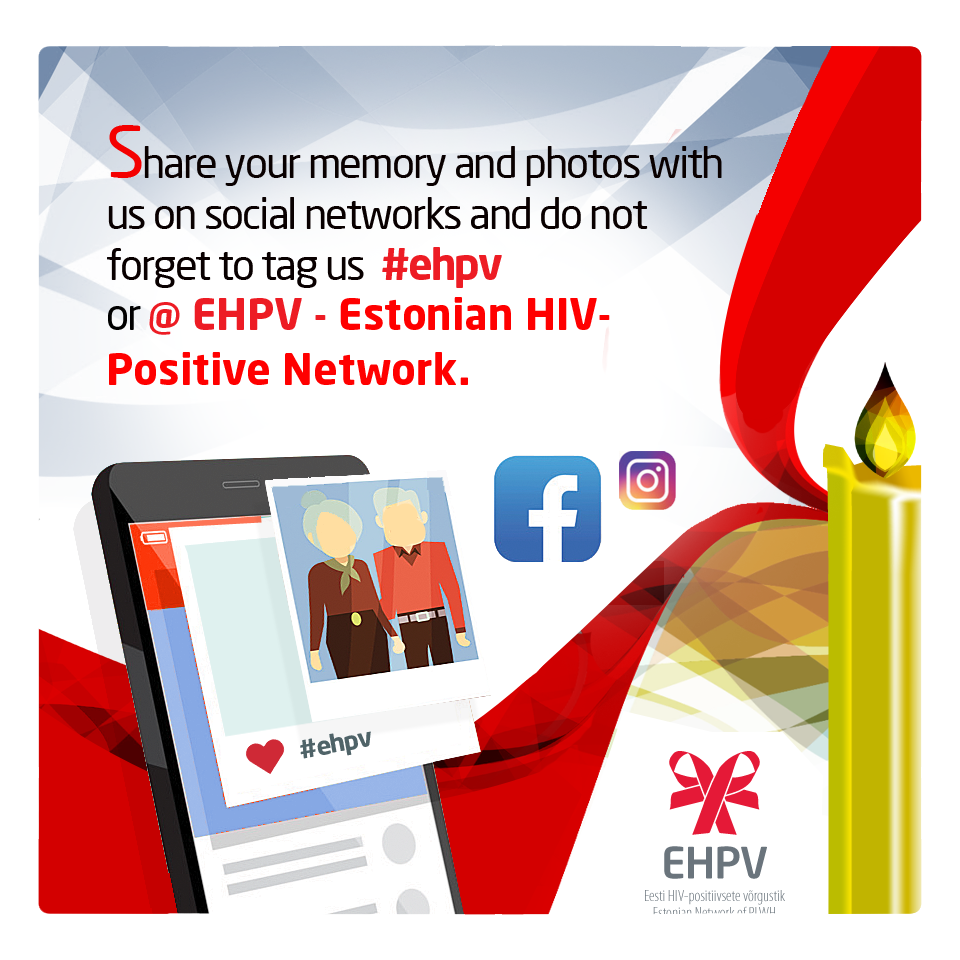AIDS PRESS RELEASE
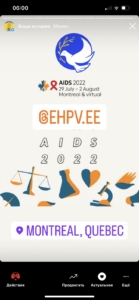 Over the last two years, the multiple and overlapping crises that have rocked the world have had a devastating impact on people living with
Over the last two years, the multiple and overlapping crises that have rocked the world have had a devastating impact on people living with
and affected by HIV, and they have knocked back the global response to the AIDS pandemic. The new data revealed in this report are frightening: progress has been faltering, resources have been shrinking and inequalities have been widening. Insufficient investment and action are putting all of us in danger: we face millions of AIDS-related deaths and millions of new HIV infections if we continue on our current trajectory.
Together, world leaders can end AIDS by 2030 as promised, but we need to be frank: that promise and the AIDS response are in danger. Faltering progress meant that approximately 1.5 million new HIV infections occurred last year—more than 1 million more than the global targets. In too many countries and for too many communities, we now see rising numbers of new HIV infections when we needed to see rapid declines. We can turn this around, but in this emergency, the only safe response is to be bold. We can only prevail together, worldwide.
Marked inequalities, within and between countries, are stalling progress in the HIV response, and HIV is further widening those inequalities.
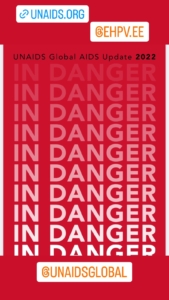 PRESS RELEASE
PRESS RELEASE
Millions of lives at risk as progress against AIDS falters
Progress in prevention and treatment is faltering around the world, putting millions of people in grave danger. Eastern Europe and central Asia, Latin America, and the Middle East and North Africa have all seen increases in annual HIV infections over several years. In Asia and the Pacific, UNAIDS data now show new HIV infections are rising where they had been falling. Action to tackle the inequalities driving AIDS is urgently required to prevent millions of new HIV infections this decade and to end the AIDS pandemic.
MONTREAL/GENEVA, 27 July 2022—New data from UNAIDS on the global HIV response reveals that during the last two years of COVID-19 and other global crises, progress against the HIV pandemic has faltered, resources have shrunk, and millions of lives are at risk as a result. The new report, In Danger, is being launched ahead of the International AIDS Conference in Montreal, Canada.
Globally the number of new infections dropped only 3.6% between 2020 and 2021, the smallest annual decline in new HIV infections since 2016. Eastern Europe and central Asia, Middle East and North Africa, and Latin America have all seen increases in annual HIV infections over several years. In Asia and the Pacific – the world’s most populous region – UNAIDS data now shows new HIV infections are rising where they had been falling. Climbing infections in these regions are alarming. In eastern and southern Africa rapid progress from previous years significantly slowed in 2021. There is some positive news, with notable declines in new HIV infections in western and central Africa and in the Caribbean, but even in these regions, the HIV response is threatened by a tightening resource crunch.
“These data show the global AIDS response in severe danger. If we are not making rapid progress then we are losing ground, as the pandemic thrives amidst COVID-19, mass displacement, and other crises. Let us remember the millions of preventable deaths we are trying to stop,” said UNAIDS Executive Director Winnie Byanyima.
Faltering progress meant approximately 1.5 million new infections occurred last year – over 1 million more than the global targets.
Marked inequalities within and between countries, are stalling progress in the HIV response, and HIV is further widening those inequalities.
New infections occurred disproportionately among young women and adolescent girls, with a new infection every two minutes in this population in 2021. The gendered HIV impact, particularly for young African women and girls, occurred amidst disruption of key HIV treatment and prevention services, millions of girls out of school due to pandemics, and spikes in teenage pregnancies and gender-based violence. In sub-Saharan Africa, adolescent girls and young women are three times as likely to acquire HIV as adolescent boys and young men.
During the disruptions of the last few years, key populations have been particularly affected in many communities – with rising prevalence in many locations. UNAIDS data have shown increasing risk of new infections faced by gay men and other men who have sex with men (MSM) globally. As of 2021, UNAIDS key populations data show MSM have 28 times the risk of acquiring HIV compared to people of the same age and gender identity while people who inject drugs have 35 times the risk, sex workers 30 times the risk, and transgender women 14 times the risk.
Racial inequalities are also exacerbating HIV risks. In the United Kingdom and United States of America, declines in new HIV diagnoses have been greater among white populations than among black people. In countries such as Australia, Canada and the United States, HIV acquisition rates are higher in indigenous communities than in non-indigenous communities.
The report also shows that efforts to ensure that all people living with HIV are accessing life-saving antiretroviral treatment are faltering. The number of people on HIV treatment grew more slowly in 2021 than it has in over a decade. And while three-quarters of all people living with HIV have access to antiretroviral treatment, approximately 10 million people do not, and only half (52%) of children living with HIV have access to lifesaving medicine; the gap in HIV treatment coverage between children and adults is increasing rather than narrowing.
The AIDS pandemic took a life every minute, on average, in 2021, with 650 000 AIDS deaths despite effective HIV treatment and tools to prevent, detect, and treat opportunistic infections.
“These figures are about political will. Do we care about empowering and protecting our girls? Do we want to stop AIDS deaths among children? Do we put saving lives ahead of criminalization?” asked Ms Byanyima. “If we do, then we must get the AIDS response back on track.”
There were significant differences between countries. Some of the countries with the biggest increases in the number of new HIV infections since 2015 included: Philippines, Madagascar, Congo and South Sudan. On the other hand, South Africa, Nigeria, India and United Republic of Tanzania had some of the most significant reductions in the numbers of HIV infections even amidst COVID-19 and other crises. Examples of progress point toward what effective pandemic response requires – with some of the strongest progress where community-led services, enabling legal and policy environments, and equitable services are clearest.
The report sets out the devastating consequences if urgent action is not taken to tackle the inequalities which drive the pandemic. It shows that on the current path the number of new infections per year would be over 1.2 million in 2025 – the year in which United Nations member states have set a goal of fewer than 370 000 new HIV infections. That would mean not just missing the pledge on new infections but overshooting that pledge by more than three times. Millions of avoidable HIV infections every year are making it ever harder and more expensive to ensure people living with HIV have access to lifesaving treatment and the targets to end the AIDS pandemic by 2030 are reached.
Global shocks including the COVID-19 pandemic and the Ukraine war have further exacerbated risks for the HIV response. Debt repayments for the world’s poorest countries reached 171% of all spending on healthcare, education and social protection combined, choking countries’ capacities to respond to AIDS. Domestic funding for the HIV response in low- and middle-income countries has fallen for two consecutive years. The Ukraine war has dramatically increased global food prices, worsening food insecurity for people living with HIV across the world, making them much more likely to experience interruptions in HIV treatment.
At a moment when international solidarity and a surge of funding is most needed, too many high-income countries are cutting back aid, and resources for global health are under serious threat. In 2021, international resour

